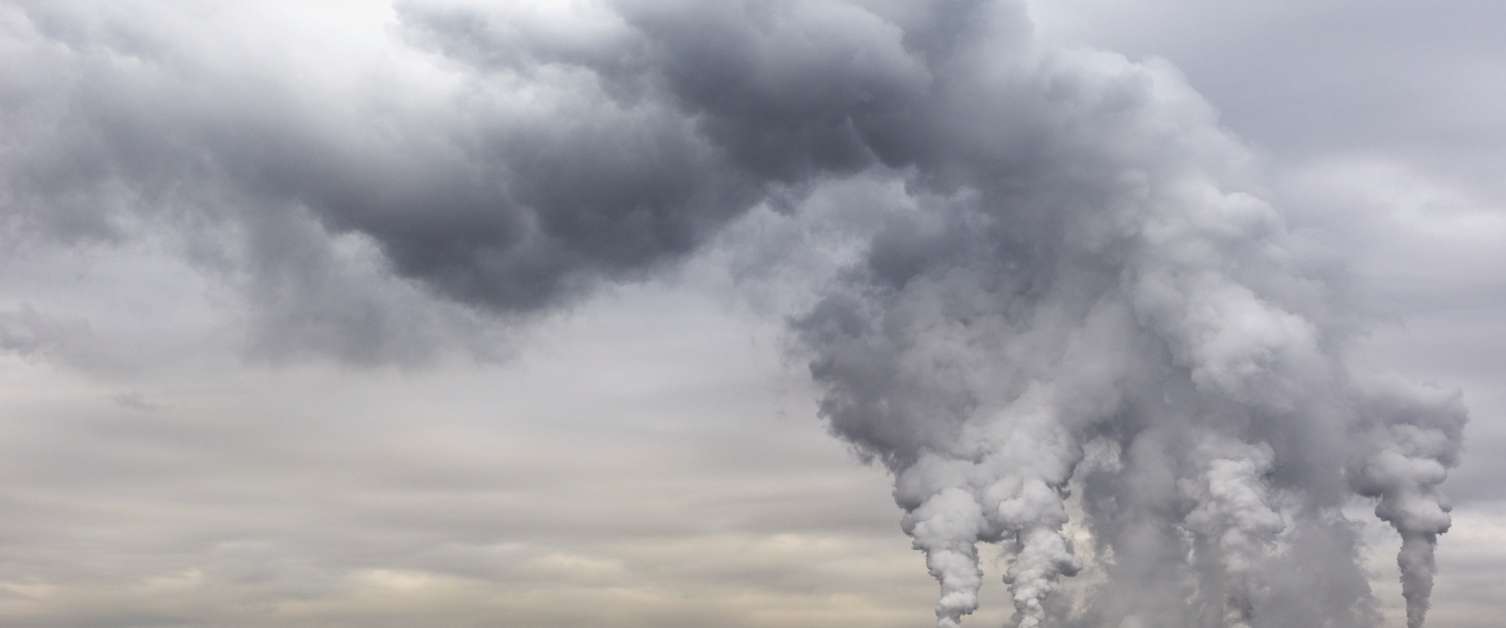Blame It on the Aerosols
- By AMS Staff
- Jul 1, 2024
Q: When increasing greenhouse gases (GHGs) help to further heat Earth’s atmosphere and oceans, water evaporates more easily from the warmed seas and into the warmer air that can hold more water vapor, which should lead to more precipitation. Why then have many studies not clearly shown twentieth-century precipitation increases in concert with GHG levels?
A: New research published in Nature Communications reveals that for the United States, the drying effect of aerosols in the atmosphere for decades during the twentieth century neutralized much of the increase in rainfall that would be expected with enhanced amounts of atmospheric GHGs.
The study utilized close to 2,500 weather stations records from across the United States for the years 1899–2020 and found that increasing GHG emissions caused increases in both mean and extreme precipitation, while increased aerosol emissions caused a reduction in precipitation but had more variable local and seasonal effects: in much of the United States, aerosols—colloquially, air pollution—generally counteract GHG-caused increases in rainfall in the winter and spring but enhance amounts in summer and fall. “The seasonality piece is really important,” notes lead author Mark Risser of the Lawrence Berkeley National Laboratory. “For rainfall, the nature of climate change depends on what season you’re talking about, since different kinds of weather systems create precipitation in different parts of the year.” Overall, expected increases in rainfall were offset by aerosols until the 1970s, but Risser explains that the Clean Air Act of 1963 significantly reduced air pollution and “the aerosol masking was turned off quite suddenly.” In the future, Risser says, “that means rainfall might ramp up much more quickly than we would have otherwise predicted.” Coauthor Bill Collins, also of Berkeley Lab, says the new study provides “conclusive evidence” for higher rainfall amounts caused by global warming in the United States and also helps explain why prior studies “reached conflicting conclusions” about warming’s impact on U.S. precipitation. [SOURCE: Lawrence Berkeley National Laboratory]
Photo Credit: iStock.com/acilo
